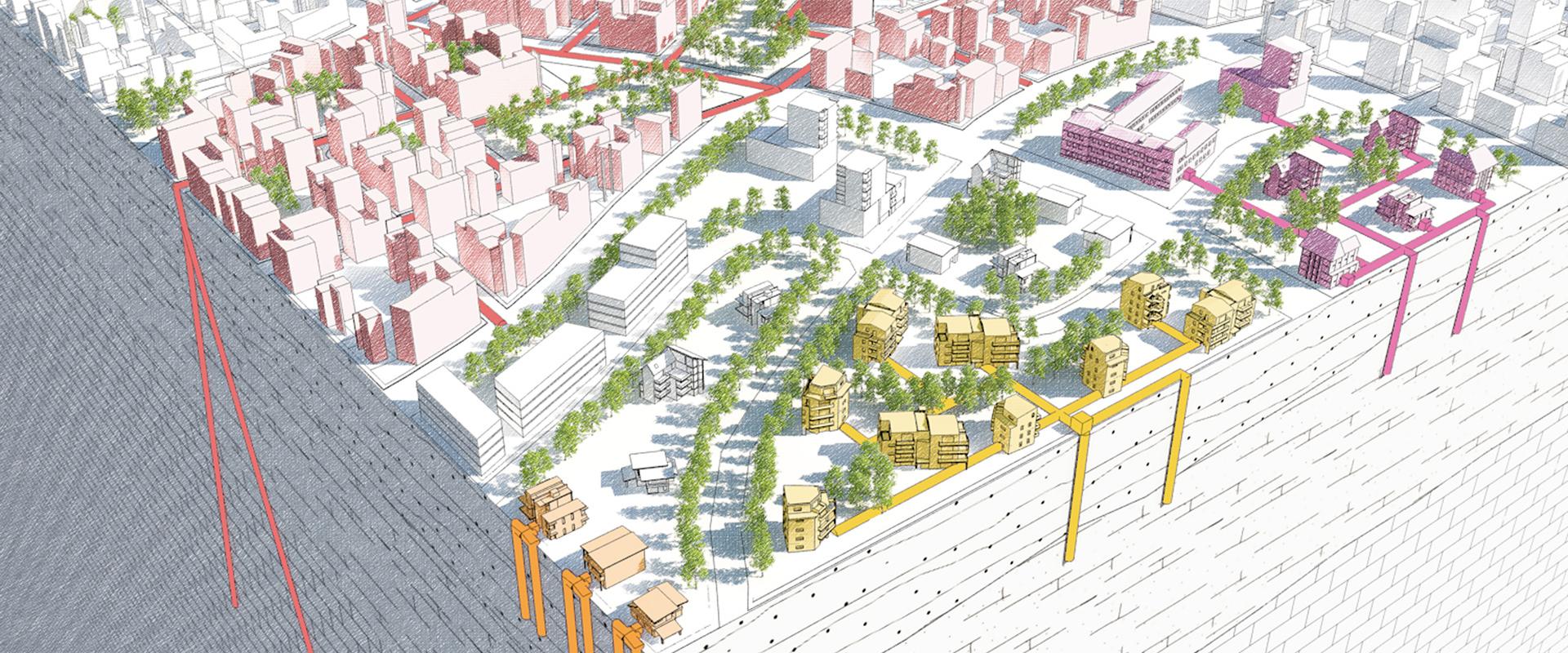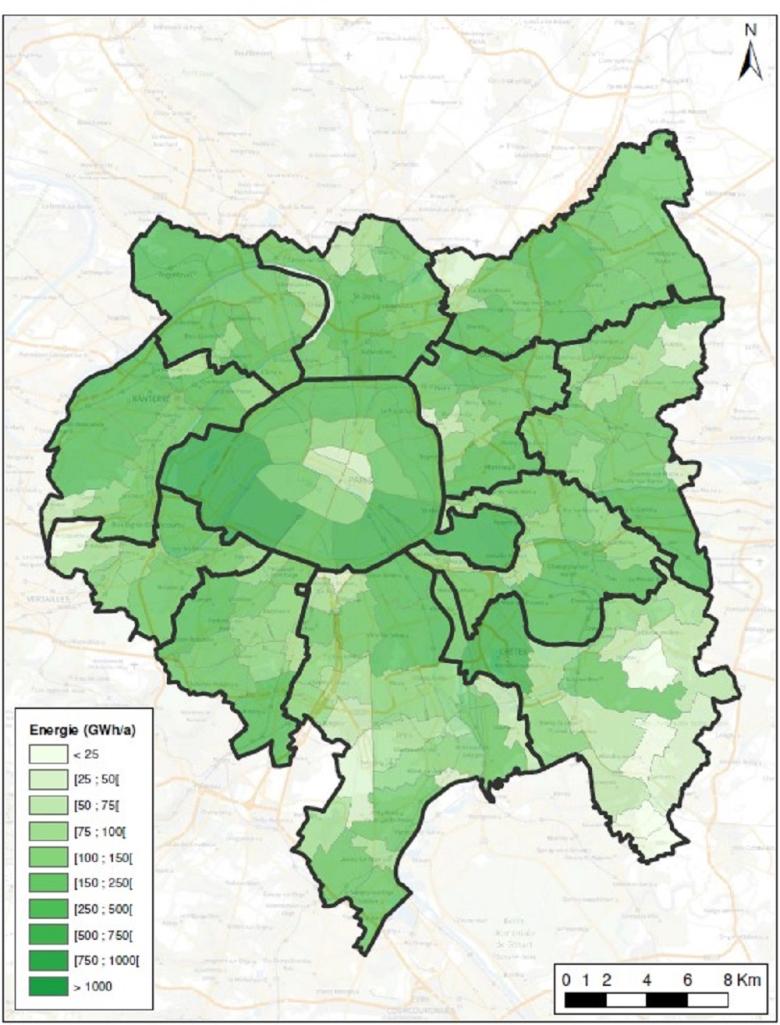As part of its Metropolitan Climate, Air and Energy Plan (PCAEM), the Métropole du Grand Paris and BRGM, the French geological survey, have undertaken a study to determine the potential of near-surface geothermal energy in the metropolitan region comprising Paris and the 130 surrounding municipalities, in order to have a decision-making tool for the deployment of this sustainable energy, which has been identified as the main source of renewable energy.
Near-surface geothermal energy captures the temperature of the subsurface between 0 and 200 metres below the surface to heat or cool buildings according to seasonal needs. Often coupled with a machine called a heat pump, the devices used can, depending on the case, be adapted to individual houses, large service and industrial buildings or entire districts.
Geologists and thermal engineers from the French geological survey were able to evaluate the amount of energy that could be extracted from the subsurface of mainland France using two proven techniques: vertical exchangers and doublets in the groundwater layers. The first consists in circulating a fluid through probes buried in the ground so that they absorb the ambient temperature. The second enables the calories of the groundwater contained in the Lutetian and Ypresian-Cuisian rocks and in the Chalk layers to be exploited directly. This hydrogeological context requires the installation of local open-loop systems allowing the pumping of water that is slightly warmer than the surface in winter (and cooler in summer). The whole system must be coupled to a heat pump, a low-energy device that raises or lowers the temperature extracted from the subsurface in order to optimise the production of heat in winter and cold in summer.
Across the Métropole du Grand Paris area, current thermal energy consumption (for heating, domestic hot water and air conditioning) is estimated at 50.94 TWh per year. According to the BRGM study, near-surface geothermal energy could theoretically cover more than half of these needs, if all buildings had the appropriate distribution systems required by heat pumps.
To date, there are an estimated 900 near-surface geothermal installations in the Greater Paris area.
About the Métropole du Grand Paris
The Metropole du Grand Paris is an inter-municipality body, covering the continuous dense urban area, which includes 131 municipalities. It has the following areas of responsibility:
- Economic, social and cultural development and planning;
- Protection and enhancement of the environment and shaping policy for living conditions;
- Metropolitan spatial planning;
- Local housing policy;
- Management of aquatic environments and flood prevention (GEMAPI).
To find out more
Press contact









